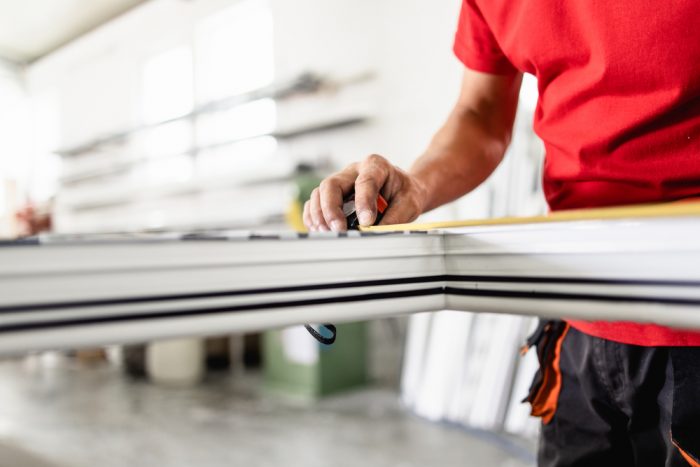Window joinery provides numerous benefits, ranging from the aesthetic to the functional. This component can improve insulation in homes—a perfect element for winter.
But, aluminum joinery can deliver unique benefits that might not be available in other materials. These advantages range from providing homes with an inexpensive window-sealing solution to creating a visual harmony with the building design.
Continue reading to know the aspects of aluminum joinery creation.
Using the Right Machines and Materials
These days, it’s quite easy to obtain aluminum joineries. For example, you can purchase aluminum joinery from Window Factory. However, folks who want to create aluminum joineries from scratch need to secure the necessary machines and materials for the task.
Prepare your budget to invest in machines, like grinders, drills, and cutting machines. Also, don’t forget to purchase a buffing machine. Otherwise, you’re going to smooth out the aluminum’s surface by hand.
Next, you need raw materials, such as aluminum sheets and flat bars. You may also need to secure other items, like clips, handles, and glass, as these components tend to be staple raw materials in creating aluminum joineries.
It would be best if you always consider to look for high-end suppliers for your machines and materials. Buying cheap equipment can compromise the final output.
Precise Measuring
Different aluminum joineries have different dimensions. Moreover, these dimensions can differ significantly with the size of the window frame. Hence, an integral step to creating joinery, regardless of material, is to measure the window and window frame.
Here’s a quick guide to help you measure the dimensions of your windows so you can start building correctly-sized aluminum joineries:
- Start by measuring the height and width of the window. Use a steel tape to measure around the opening and underneath window décor, like add-ons, sills, and frame couplers.
- Measure the window at least three times. Thus, you should have at least six measurements of the opening’s top, middle, and bottom. The measured dimensions allow you to formulate a cross-reference to ensure that you measure the window accurately.
- Subtract 10 mm from the smallest height and width. This measurement should now be the dimensions of the glass.
- Repeat the steps mentioned above to ensure your measurements are 100% accurate.
After getting the accurate measurements of your window and window frame, you should now know the ideal size for your aluminum joineries. You can also use the steps mentioned above if you want to install new windows in your home.

Accurate Cutting
After acquiring the measurements for your aluminum joineries, it’s time to cut the metal to form the window element. Note that you have different options for this step.
First, you can use electric power tools, like a wood-cutting saw. If you plan to use this machine, opt to use a saw with carbide-tipped blades.
Both commercial and DIY aluminum joinery creation should pay close attention to cutting the window component. One wrong move can lead to repeating the entire process from scratch.
Don’t be afraid to pause and check the material while cutting it. Take the time while using your preferred aluminum cutting tool to ensure your joineries are equal in size. Carbide is a compound known for its superb durability and cutting force, making it ideal for cutting raw aluminum to the desired shape and size.
Another tool you can use is a cold chisel. However, consider buying the chisel after you acquire the joinery’s accurate measurements. It’s because you need a cold chisel that’s one size wider than your aluminum material. For example, if your aluminum piece is 640 mm-wide, use a chisel with a 1,300 mm width.
Note that you can use the cold chisel as a standalone tool to cut the aluminum for the joinery. However, this might not be a time-efficient solution if you want to complete the project as soon as possible.
Nonetheless, buying a chisel can be a less expensive solution for DIY aluminum joinery creation than purchasing an electric wood-cutting saw. Thus, remember to consult your budget to let you know which aluminum-cutting tool is the best for you.
Careful Testing and Installation
Once you cut the aluminum to the preferred size and shape, it’s time to test it out. Bring the aluminum joinery near the window. Check if the measurements are accurate. Also, if you already removed the window glass, make a test fit for the joinery. Ensure that the component is flush against the window frame while creating a tight seal.
Conclusion
Careful practice to aluminum joinery creation is critical, regardless if you’re repurposing an old window or installing new glass. Let this article be your guide to help you develop aluminum joineries that are both fashionable and functional for your home. Remember not to rush the process. Otherwise, you risk creating costly mistakes during the project.
Find a Home-Based Business to Start-Up >>> Hundreds of Business Listings.















































